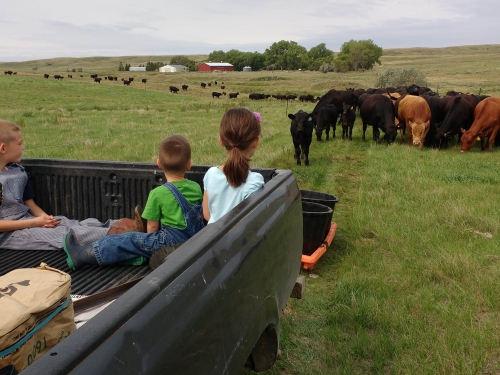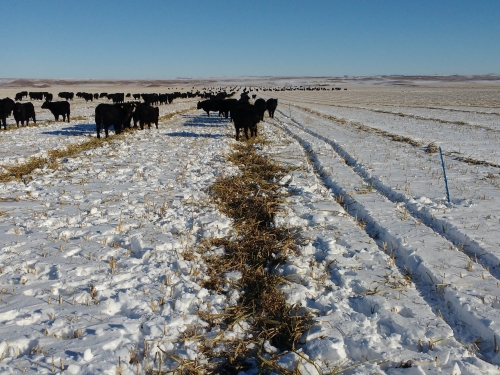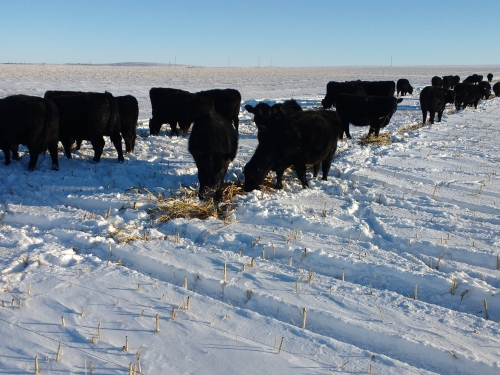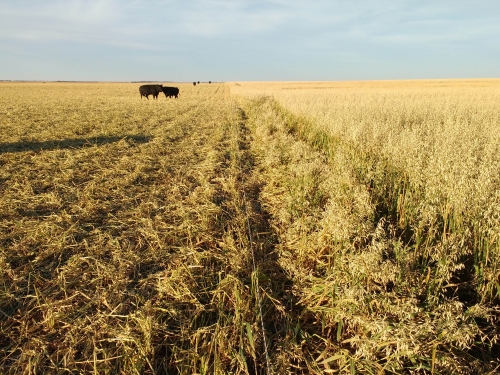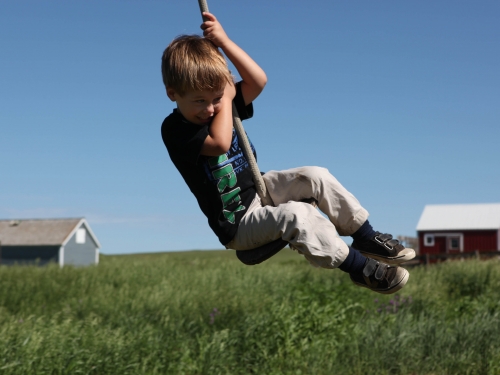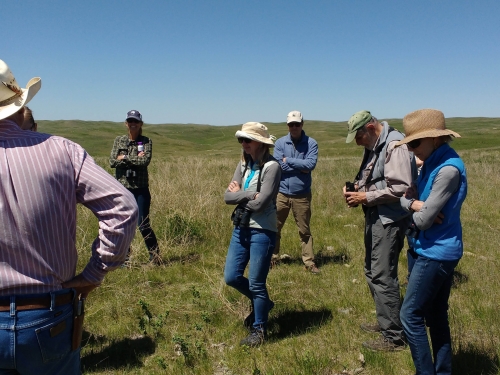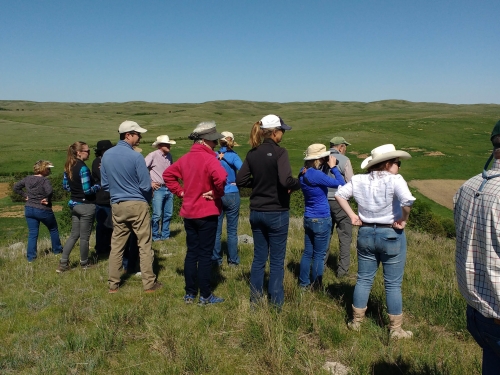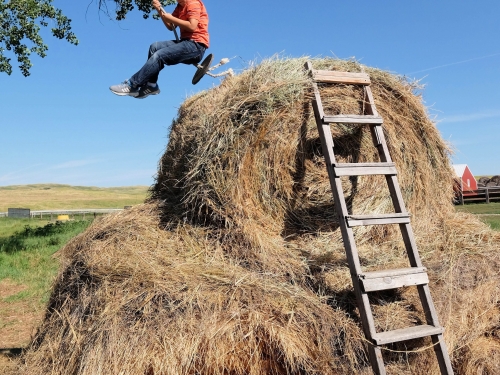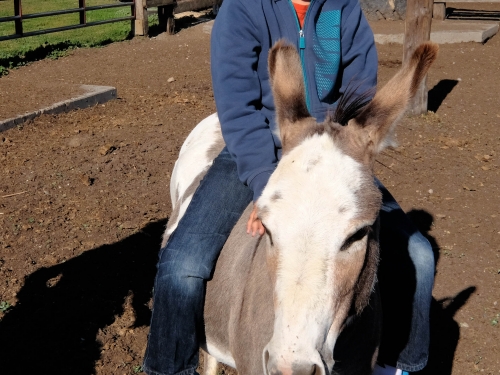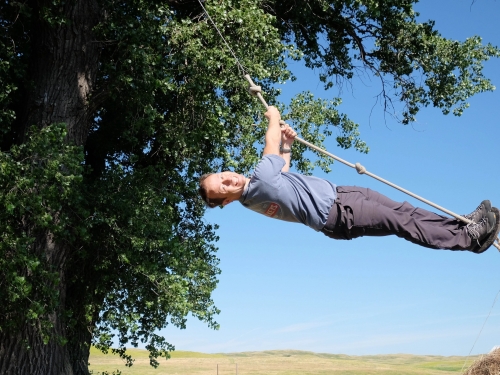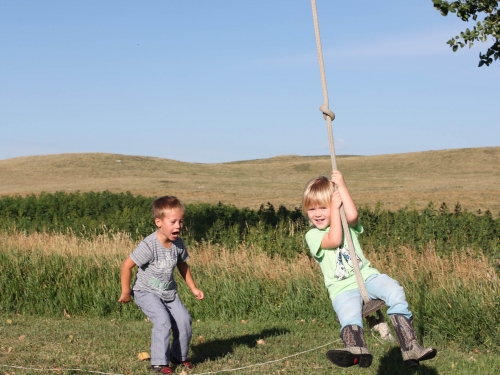Managed Grazing
Managed grazing is the cornerstone of what makes our ranch function. Through it, we are affecting the water cycle, energy cycle, and mineral cycle. In other words, we can control how effective the rainfall is, how much free solar energy we can gather, and how many nutrients are available to the plant community at a given time. The great thing is, these are all natural processes that only cost us our time to manage.
Rotational Grazing
To maintain a healthy, diverse plant community, we move our cattle to fresh pasture rather frequently. By doing so, the grass has a longer rest period between grazing times. This is very important as the plant has to recover and build root reserves before the next grazing event. Depending on the pasture and the goals we have for the year, we will either graze a pasture once or twice per year. If we only use it once, the grazing period will be longer than if we plan to use it twice. Our pastures and herds vary in size, but generally we don’t spend more than 10 days in a pasture at once. Another aspect to rotational grazing is changing the season of use. If we use a pasture in early June one year, we try to use it at a different stage of the growing season the next year.
Intensive Grazing
In certain areas, we want to change the plant community. Most often it is because a certain species has become dominant, and we would like to increase species diversity. Two species that are prone to this occurring are Kentucky bluegrass and western snowberry (aka buckbrush). At times, we will restrict a herd of cattle in a relatively small area to allow them to better utilize and/or trample down the bluegrass or buckbrush to allow more desirable species to take hold.
Crossfencing
We maintain over 65 miles of permanent fence. Only a little over half of that is perimeter fence; the rest is to divide the pastures into more manageable paddocks. In addition, we use temporary fences to split many of the 50+ permanent paddocks again.

